By Christopher Miskimon
Sergeant Charles Callistan looked through the sights of an antitank gun at an approaching enemy tank. His weapon, a six-pounder cannon, was in the perimeter of a surrounded British outpost named Snipe. The desert sun shone overhead and flies buzzed all around, but none of this mattered as much as the Axis artillery and machine-gun fire that sent hot metal flying through the air. Even worse was the force of nine Italian armored vehicles threatening to overrun the beleaguered English troops.
When the range had closed to only 600 yards, Callistan fired and knocked out his target. Five more armor-piercing rounds accounted for five more tanks in a row, but then the sergeant had a problem. Three enemy vehicles remained and he had only two rounds left.
Callistan’s lieutenant, J.E.B. Toms, came to the rescue. He ran under heavy fire to his jeep, which held four boxes of ammunition. As Toms drove the jeep over, it was hit and burst into flames. The fire didn’t stop Toms; the lieutenant got the boxes offloaded and replenished Callistan’s dwindling supply. Taking careful aim, the sergeant repeated his earlier feat: three rounds, three armored vehicles out of action.
Transitioning from the Two-Pounder
The six-pounder antitank gun was Great Britain’s premier tank killing weapon when it first appeared in the Western Desert, proving able to pierce the armor of any German tank the Afrika Korps could field. The technological arms race of World War II produced new tanks with ever thicker armor, however, and ultimately the six-pounder became ineffective well before war’s end. This obsolescence made little difference for many of the Allied soldiers who used it; since there was no comparable replacement that worked better, the cannon was still in wide use when the war ended.
The development of the six-pounder actually began before the war although the gun did not enter production until 1941. The standard British antitank gun of the late 1930s was the two-pounder, a 40mm weapon that could penetrate 42mm of armor at 1,000 yards. This made it one of the premier antitank guns in the world when it was adopted in 1936, but by 1940 tank development had left it behind. The British Army was forced to quite literally leave its two-pounders behind as well; over 500 of them had to be abandoned in France when the British Expeditionary Force evacuated at Dunkirk.
In the frantic days to follow, an invasion of the British Isles was expected. So the two-pounder production lines were kept open to re-equip the Army as quickly as possible. This desperate need led to a decision that kept the six-pounder on the drawing board until long after it was needed.
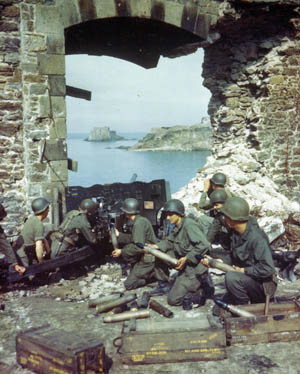
The original design work for the six-pounder began soon after the two-pounder’s adoption and was completed in 1938. The larger gun was a 57mm weapon, a caliber chosen largely as a logical matter of economics. Six-pounder weapons had been in British service since the 1880s, so manufacturing equipment and experience already existed. In 1939 a prototype, the Mk1, was completed and test fired. Testing was successful, but even with the rumblings of war on the horizon the perceived need was low so the design was shelved for the time being.
After the fall of France in June 1940, the call for the six-pounder was finally recognized. However, the need for any antitank gun, even a less effective one such as the two-pounder, was so great the British decided they could not afford to close the existing production lines down long enough to retool them for the six-pounder. There was also concern that the newer, bigger gun would require extensive retraining of gun crews already able to operate the two-pounder.
While an invasion of Great Britain never occurred, fighting did go on in the Mediterranean and North Africa with the increasingly ineffective two-pounder the only option against Germany’s panzers. The British Army was well aware of the need, yet unable to act on it immediately. While the first order for 400 six-pounder guns was made in June 1940, production could not begin until November 1941.
The Six Pounder: a Marked Improvement
The weapon the British Army eventually got was a marked improvement over its predecessor. The six-pounder Mk2 production model weighed in at 2,521 pounds, almost 800 pounds heavier than the two-pounder but still light enough for crews to manhandle it into position when necessary. It was mounted on a conventional two-wheeled carriage with “split” trails; that is, the two trailing arms that extended to the rear of the carriage could be separated to increase stability. The barrel on the six-pounder was 43-caliber, meaning the bore’s length was 43 times its diameter of 57mm. The weapon could traverse 45 degrees to either side and elevate from minus five to plus 15 degrees.
When firing the standard six-pound armorpiercing round, the six-pounder had a maximum range of 5,500 yards with a muzzle velocity of 2,693 feet per second and could penetrate 74mm of armor at 1,000 yards. Over time, improved ammunition was developed, culminating in June 1944 with an APDS (Armor Piercing Discarding Sabot) round that had a tungsten core. This increased penetration to 146mm at 1,000 yards. Tungsten was a valuable commodity in war production, so shortages meant there were never as many APDS rounds available as needed.
Lend-Lease Upgrades
As Great Britain struggled to get the six-pounder into service, the United States was starting to rebuild its own war-making capacity. Woefully unprepared for a war many knew must eventually come, the U.S. Army began to search for a larger antitank gun to replace its standard M3 37mm weapon, whose performance was comparable to the ineffective two-pounder.
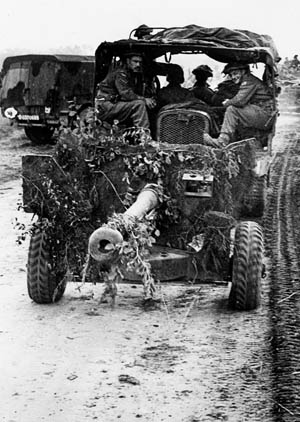
By February 1941, it was decided to adopt the British six-pounder design. This served a dual purpose; not only could the American Army improve its tank-killing capability, but using the British design meant the same gun could also be produced for the Lend-Lease program. To help the American effort, the British sent a pair of six-pounders with 100 rounds of ammunition. The six-pounder design was given final approval on May 15, 1941, becoming the 57mm Gun M1. Numbers were also supplied to the Soviet Union through Lend-Lease.
The American version initially had one major difference from that used by the British. The U.S.-built M1 had a barrel 16 inches longer; when the Mk2 entered production in England there was a shortage of suitable gun lathes for production of the longer barrels. The original Mk1 prototype had the longer barrel, but the Mk2s were made with shorter length. Since there was no shortage of the longer lathes in America, the M1 could be made with the longer tube from the start. The added 16 inches made the M1 a 50-caliber weapon and increased muzzle velocity by about 100 feet per second.
When the English lathe shortage was solved, British production shifted to the longer barrel, designated the Mk4. The only other major difference between the two versions was in the carriages, largely having to do with the wheels and tires used.
The Six-Pounder as a Tank Gun
While the Americans never mounted the 57mm on a tank, the six-pounder was also adapted as a tank gun. The turret rings in many early-war British tank designs limited the size of the cannon they could mount, but a few were able to accept a larger gun than the two-pounder, and these were fitted with the six-pounder Mk3 and later the longer barreled Mk5 version. Crusader, Valentine, and Churchill tanks were all up-gunned with six-pounders as quickly as possible.
Newer designs like the Cromwell began their service lives with a six-pounder before being upgraded to a 75mm cannon. The U.S. military did experiment with a few self-propelled mountings for the 57mm but only the halftracked T48 version was produced in any numbers. When the U.S. Army decided it no longer wanted them, the few hundred made were transferred to England where, in the words of the noted English military author Ian V. Hogg, “I cannot imagine what we did with them.” They were likely converted into something considered more useful.
The only British self-propelled six-pounder to see combat was the Deacon. This was a six-pounder encased in an armored shield mounted on the back of an AEC Matador truck. Some 175 were built and sent to North Africa. The vehicle was large and very easy to spot on the battlefield. After the defeat of the Axis in North Africa they were taken out of service.
50 Tanks Knocked Out
As a towed antitank gun, the six-pounder/57mm was a much greater success. Once issued to British antitank units in the Western Desert, the six-pounder quickly developed a solid reputation for effectiveness against German armored vehicles. More than 100 guns were available when the weapon was first fired in anger at Gazala in May 1942, where it took a heavy toll of Axis armor. Panzer crewmen began to get a taste of their own medicine as they were effectively engaged at ranges far beyond what they were previously accustomed to.
Perhaps the best example of the gun’s effectiveness was at the British battle position called Outpost Snipe during the Second Battle of El Alamein in late October 1942. Sergeant Callistan was not alone in his success; a total of 19 six-pounders were used in the defense of that outpost. While estimates vary somewhat, more than 50 German and Italian tanks were knocked out by British gunners that day, some 10 percent of Rommel’s total panzer strength at El Alamein. This was a critical loss the Axis could ill afford during this pivotal battle. As the Afrika Korps withdrew from Egypt, the British gave chase with tanks armed with six-pounder guns and antitank units taking full part.
The Anglo-American invasion of French North Africa, Operation Torch, took place in November 1942, and the Axis armies were now squeezed between the two advancing forces. The American units advancing into Tunisia were still largely armed with 37mm guns in their antitank units. Even tank destroyer battalions often still had a company of 37mm guns in their order of battle. Each American infantry regiment had 18 antitank guns assigned to it, but still used the 37mm. Some of this was due to a lack of availability, but many infantry leaders opposed using the larger 57mm on the grounds it was not portable enough. Many changed their minds after later seeing the small 37mm rounds bouncing off the armor of panzers even at close range. One infantry officer reported the 37mm useless at anything past 100 yards.
Even after the experience in North Africa, some still wanted to keep the 37mm, and some even made rather dubious claims about how to better employ it, but the writing was on the wall. On May 26, 1943, a new table of organization for the antitank company of the infantry regiment specified 57mm guns, though it would be 1944 before large numbers of them made it into the field. Until the new guns could get into their hands, many antitank gunners found themselves pulling other duties or acting as extra riflemen because their commanders felt sending them into a fight with 37mm weapons was not only useless but quite likely fatal for them.
Shortage of High Explosive Shells
Still, the Americans did employ some 57mm guns and the British still used them widely, although a new 17-pounder gun started coming into service at the end of 1942. One problem quickly noticed by both armies was the lack of a high-explosive round for the six-pounder/57mm. This was a result of the rush to get the weapon into service as a tank killer. There simply had not been time or effort put into a high-explosive (HE) round.
The U.S. Seventh Army felt this lack sorely in Sicily, where its soldiers found themselves using the 57mm more often as an infantry support weapon, firing on buildings and fortifications where the armor-piercing round was much less effective. Indeed, one of the major criticisms of the two-pounder had been its lack of HE ammunition and one of the few advantages of the 37mm had been the existence of both HE and canister rounds for it. The absence of explosive ammo was quickly felt, and steps were rapidly taken to fill the gap. The British solved the problem much more quickly, while American gun crews did not begin to receive HE ammunition until after the Normandy campaign. With typical GI ingenuity, American units usually scrounged as much HE ammo as they could from British sources.
Airborne Artillery
As the war ground on, German improvements to their armored vehicles made the six-pounder gradually less effective. American tank destroyer battalions preferred towed three-inch cannon and self-propelled guns, so the 57mm remained primarily in the hands of the infantry anti-tank platoons and companies where it served in the infantry support role. The British started using the powerful 17-pounder gun to stay competitive against the new Panther and Tiger tanks the Germans fielded from 1944 on. Besides these tanks, many self-propelled and assault guns based on the Tiger and Panther chassis were later encountered on the battlefield. The increased thickness and slope of their armor made it difficult for a six-pounder to get a decisive hit, especially in a frontal engagement. Even the highly effective APDS round could not guarantee a burning panzer.
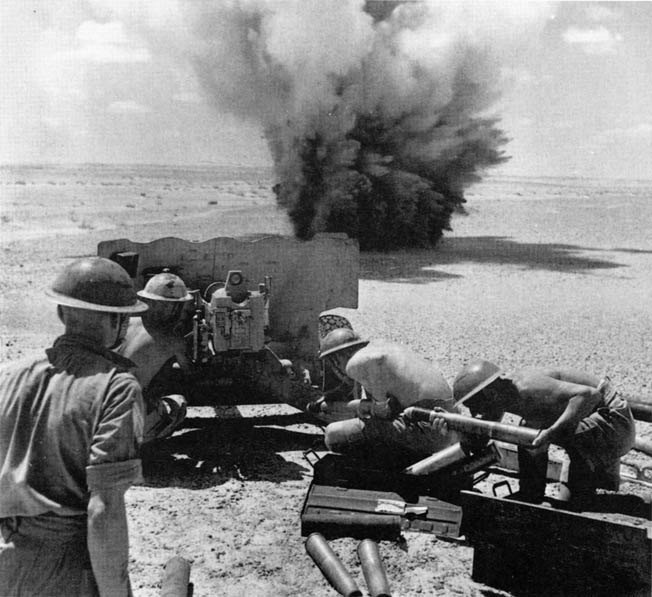
The six-pounder/57mm did still find a home with airborne troops of both armies, however. The newer antitank guns had gotten much larger in order to be powerful enough to engage enemy armor. This naturally led to vast increases in weight, more than the aircraft, parachute systems and gliders of the day could handle. The six-pounder was light enough to be easily used by paratroopers, so it continued in their service until war’s end.
The British manufactured a special lightweight version of the gun specifically for airborne use, and the U.S. adopted it for its own airborne divisions. American paratroopers used these guns during the fighting in Normandy along with shoulder-fired weapons such as the bazooka, antitank grenades, and mines; these light weapons were all the airborne soldiers had to stave off German armor until a linkup with heavier units coming inland from the assault beaches could be achieved.
During Operation Market-Garden, the Anglo-American attempt to seize a series of bridges in Holland to open a fast path into Germany, British paras found themselves cut off at the bridge over the Rhine River in Arnhem. There, two SS Panzer divisions that had moved to Arnhem for rest instead pounded the lightly equipped paratroopers. After the Germans finally retook the bridge area from the paras, the British formed a perimeter around the nearby town of Oosterbeek. This was relentlessly pounded by the German troops in a series of attacks.
The 2nd Battalion, South Staffords Regiment, took up defensive positions in Oosterbeek near a white church. No sooner had they begun to dig in than Nazi tanks attacked. Twenty-one-year-old Lance Sergeant J.D. Baskeyfield commanded a six-pounder and immediately opened fire on a pair of Tiger tanks, destroying both of them at a range of 100 yards. During this fight heavy fire fell upon his gun and crew. When the rest of the crew were killed or wounded, he continued to operate the gun alone until it was knocked out.
With his own gun destroyed, Baskeyfield manned another six-pounder whose crew was dead. Using this weapon he engaged a self-propelled gun at the same distance. After pausing a moment to treat an injured comrade, the young sergeant returned to his cannon and finished off the enemy gun. Tragically, he was killed moments later by a round from another enemy tank. For his bravery he was awarded a posthumous Victoria Cross.
Post-War Legacy
By war’s end the six-pounder and 57mm were still serving in the infantry support role since there was really nothing better to replace them with except weapons that were much larger, heavier, and already allocated to dedicated antitank units. When the conflict finally ended, the urge to replace them simply died and there was little desire to retain them in the postwar world. Curiously, the British Army did not declare the six-pounder obsolete until 1960.
The story was not quite over yet, however. American advisers equipped the fledgling South Korean Army with a few 57mm guns as their sole antitank gun. These proved sadly ineffective against the Soviet-built T34/85 tanks the North Korean Army employed during the invasion of the South in 1950. The six-pounder also soldiered on in the various new nations that sprung from the dissolution of the British Empire.
When the fledgling Israeli Army came into being in 1948, it was desperate for weaponry to defend its new-found independence. Through various means the Israelis acquired a number of six-pounders and improvised mountings for them on surplus half-tracks. Today these are most commonly encountered in museums and private collections.
The six-pounder and M1 57mm cannon filled a gap in the Allied antitank capability during the middle of World War II, when the small-caliber guns in service were obsolete. Later in the war, six-pounders had been surpassed by heavier weapons but continued in widespread use. The weapon fulfilled its role as best it could, enabling Allied soldiers to tally some very impressive kills against enemy armor.
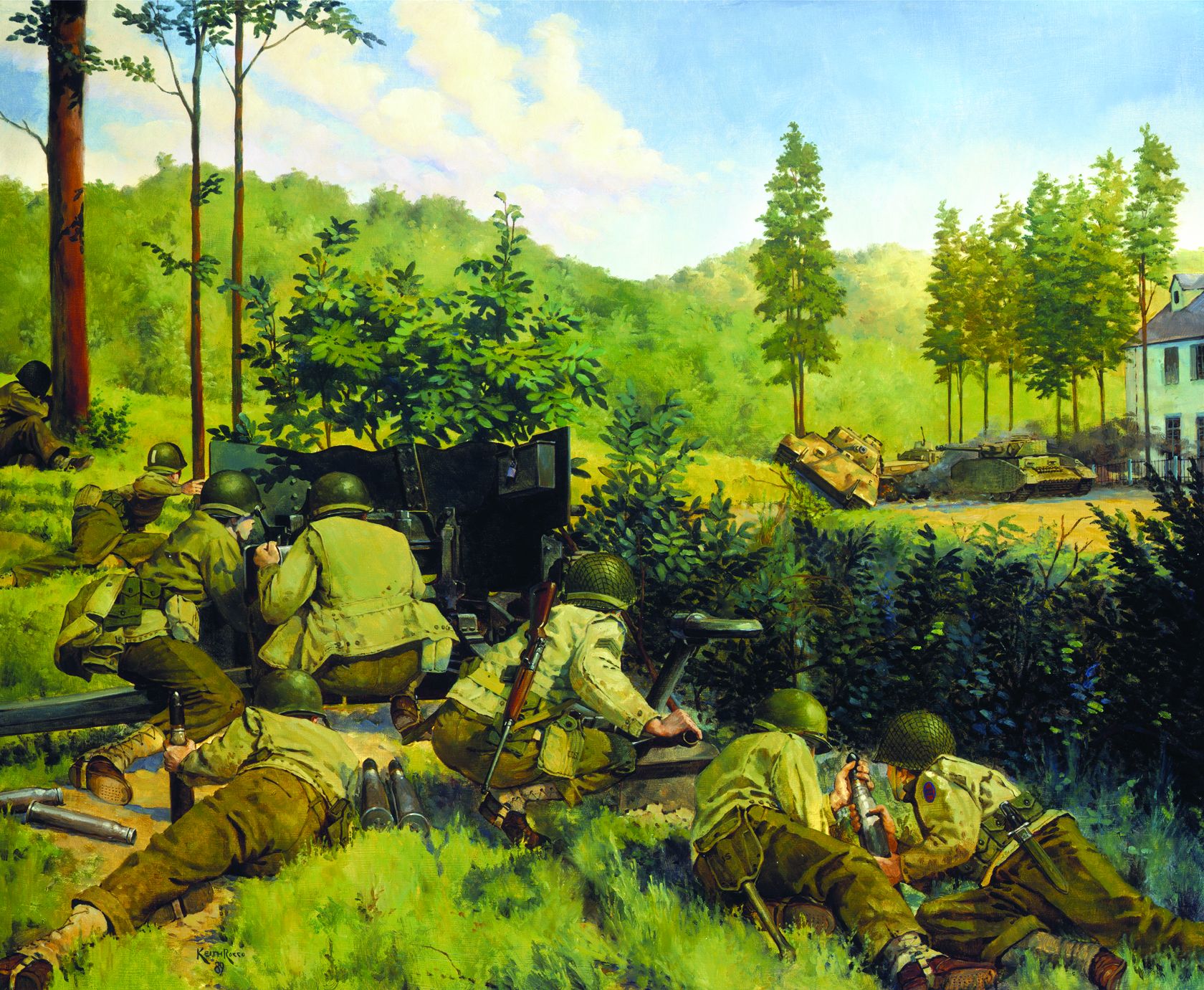
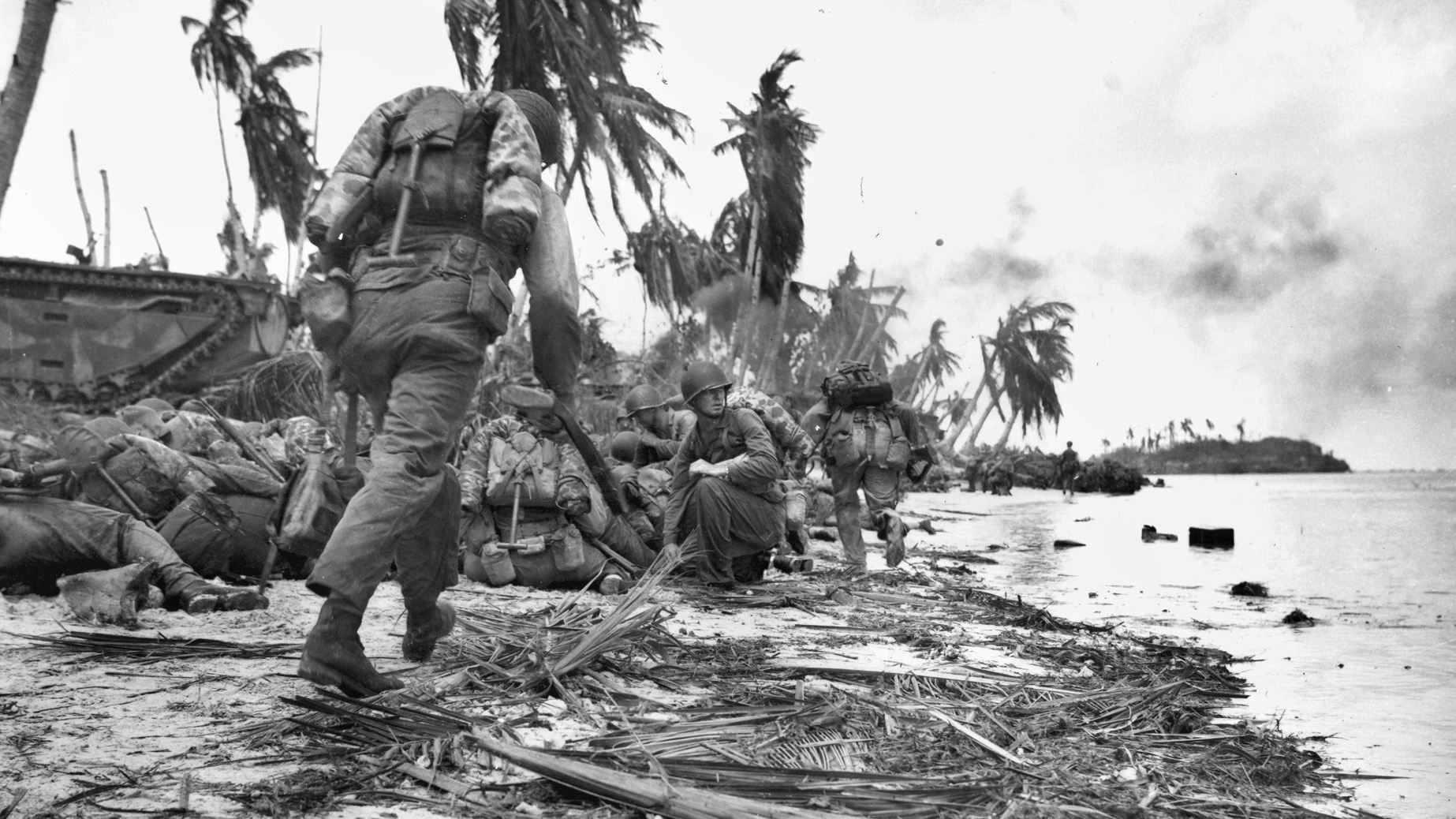
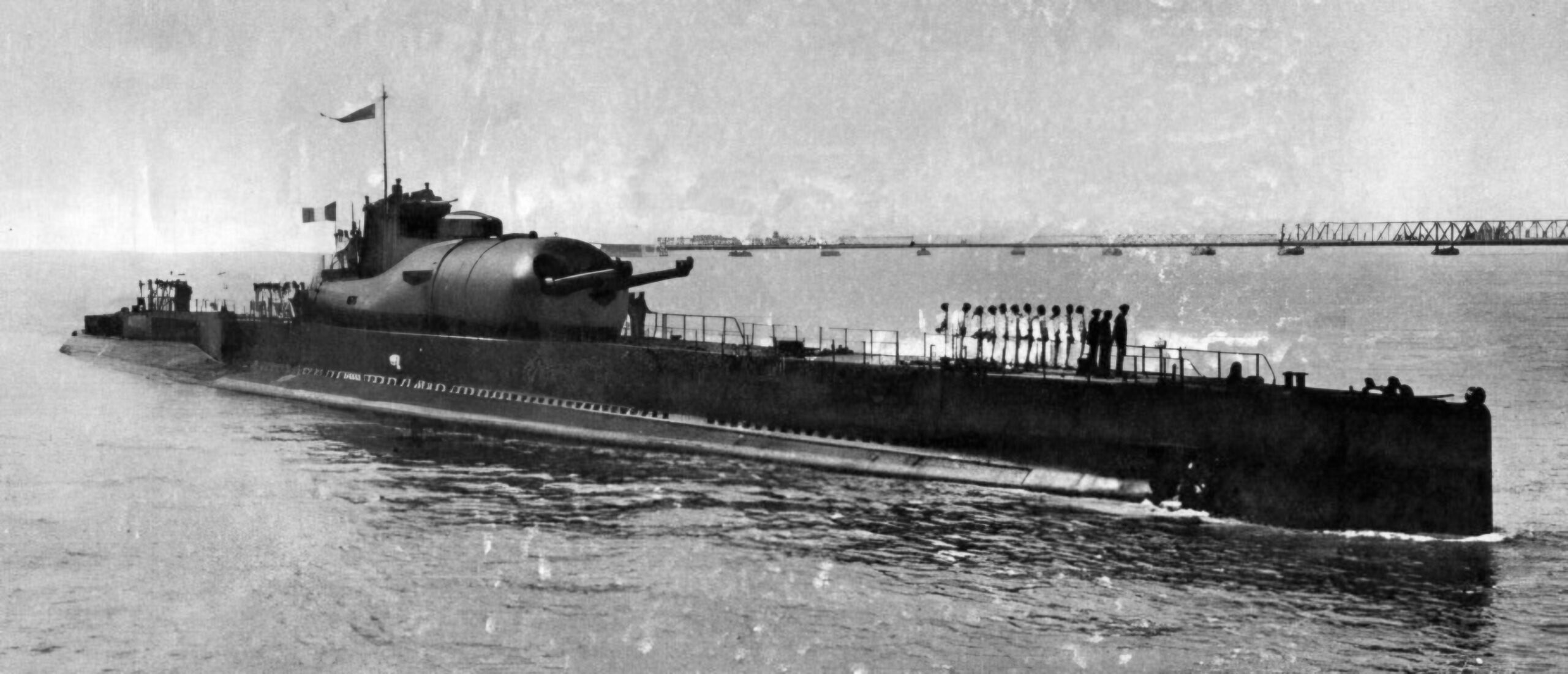
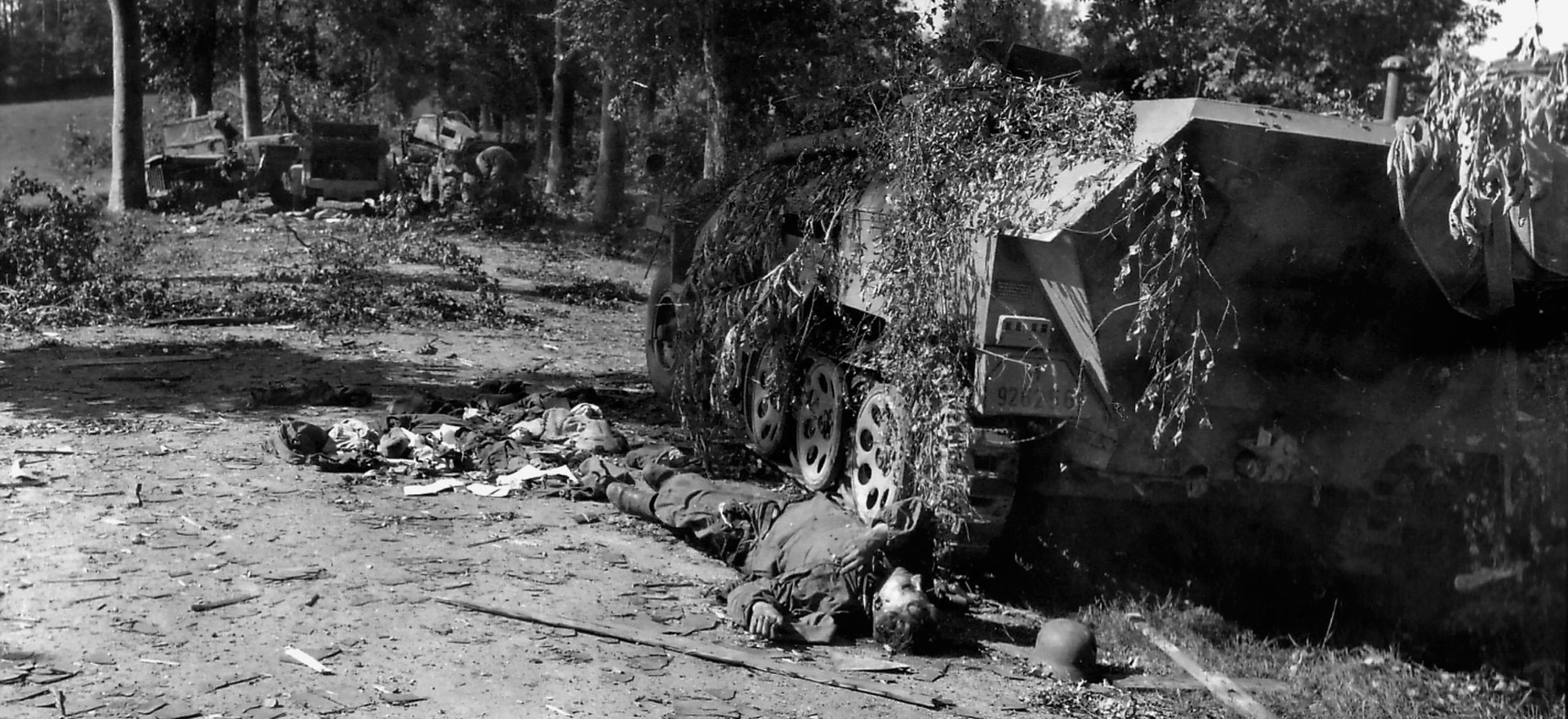
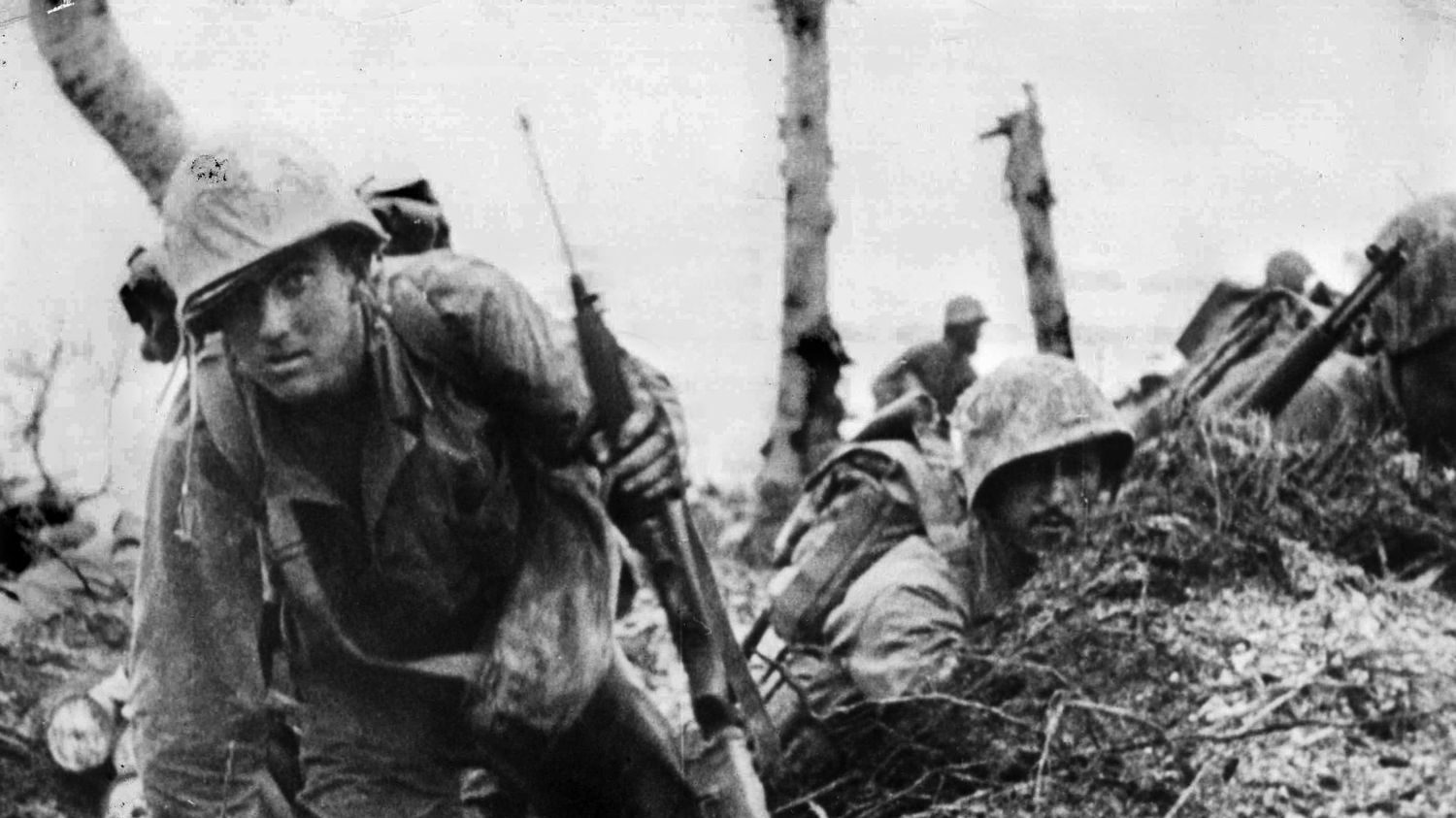
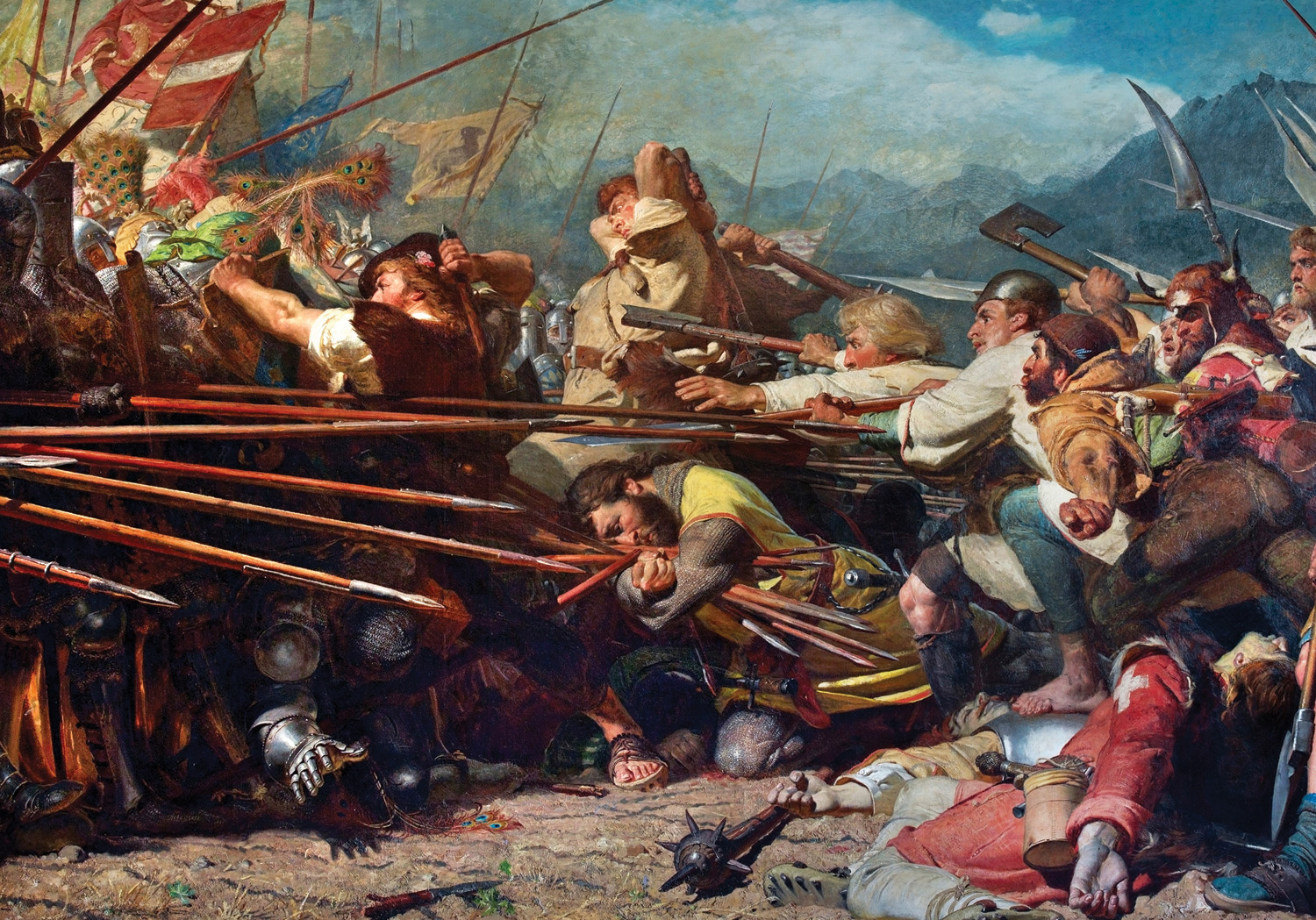
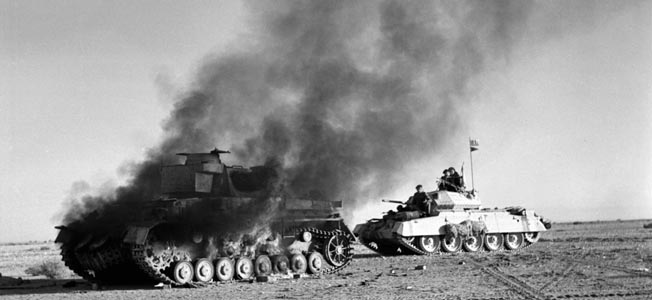
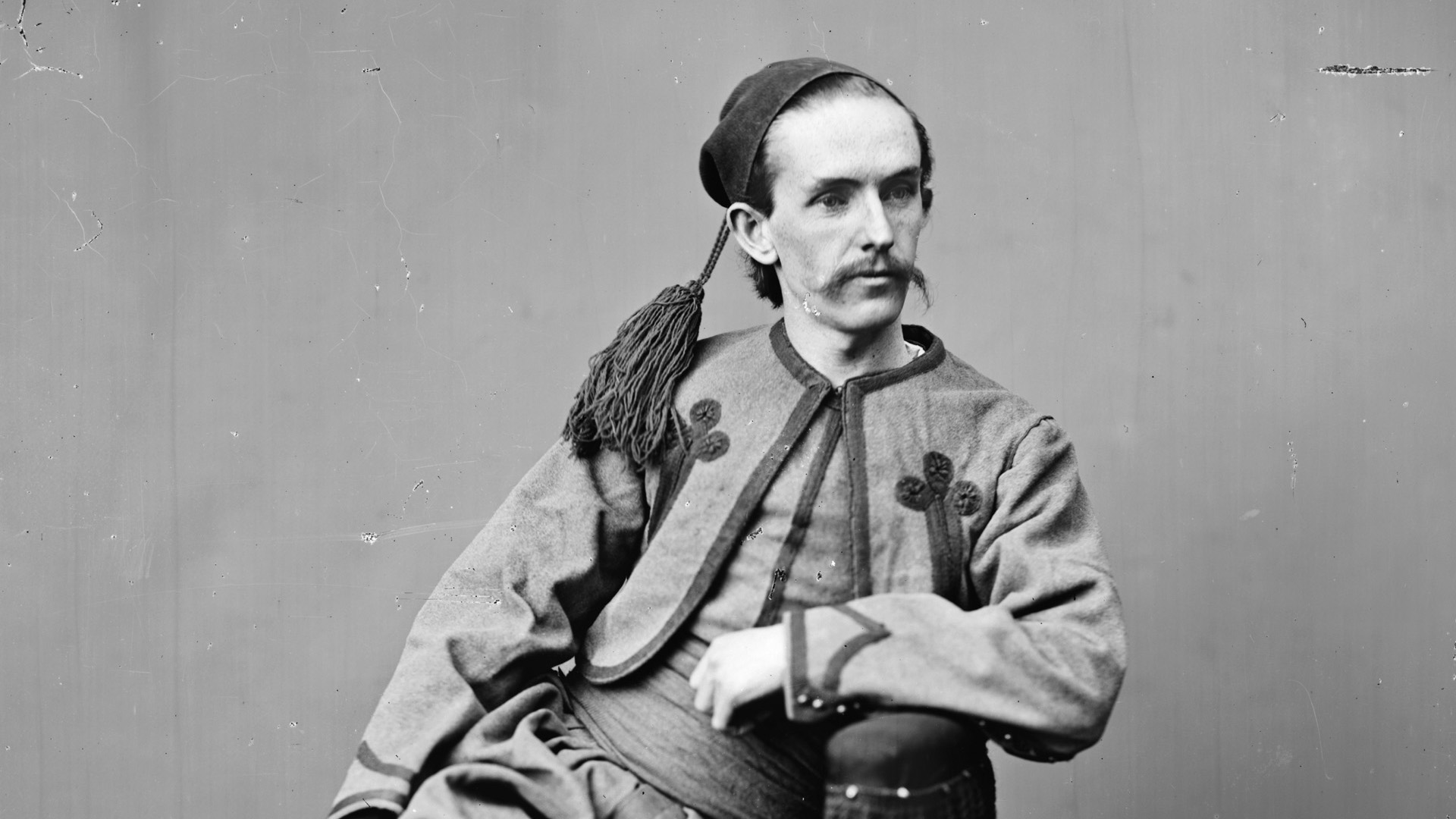
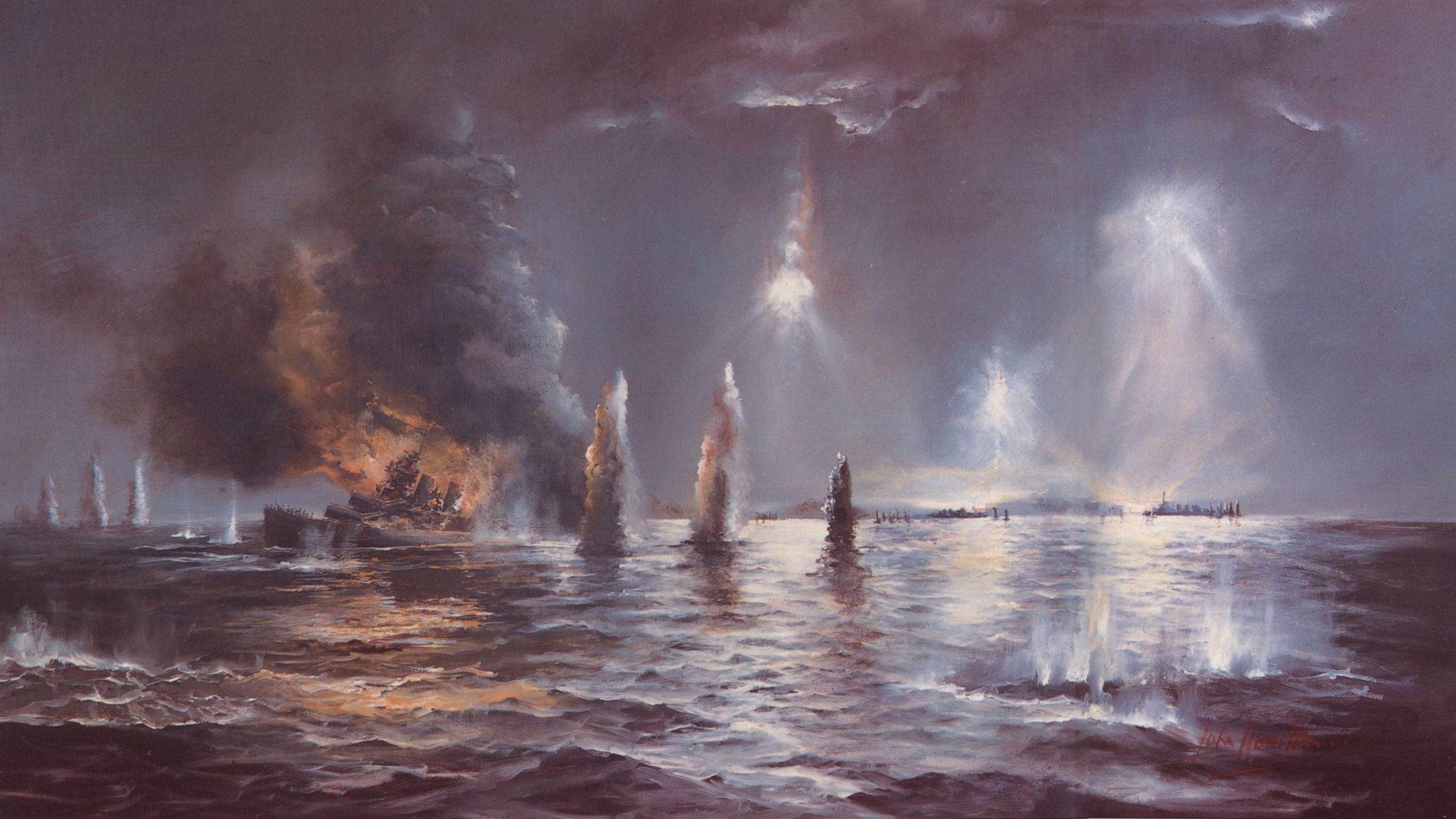
Join The Conversation
Comments
View All Comments